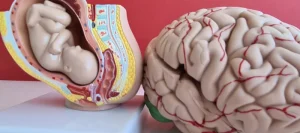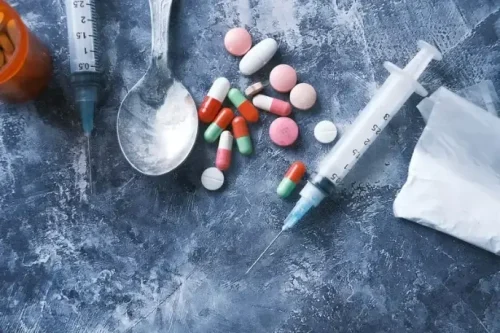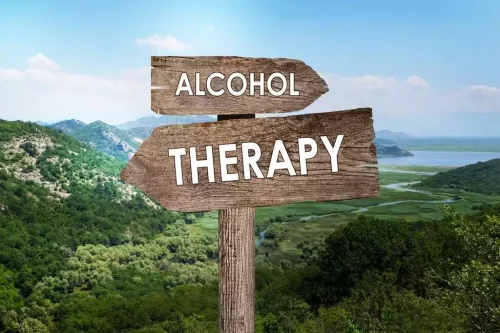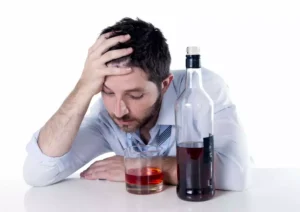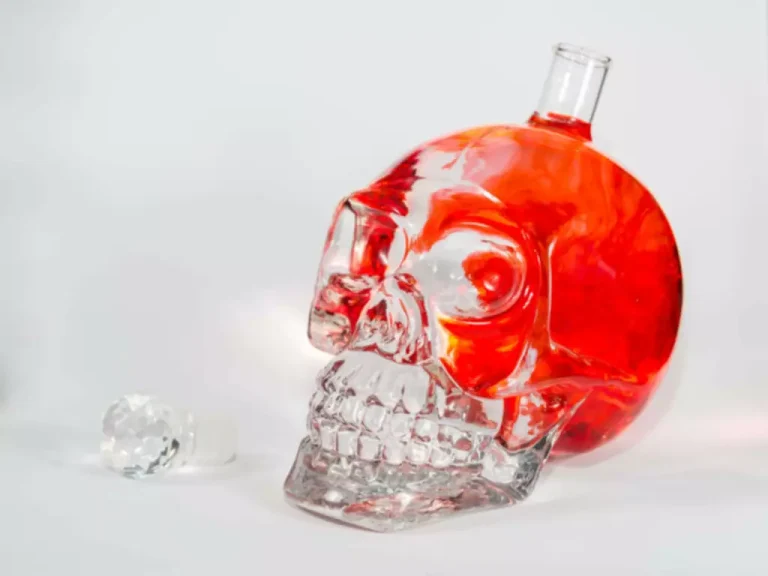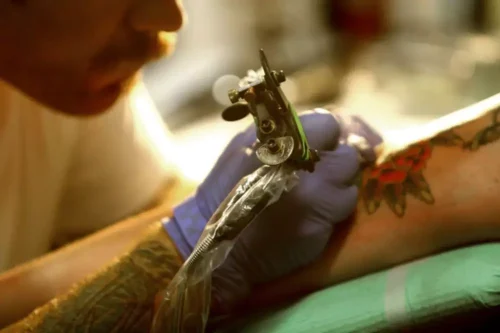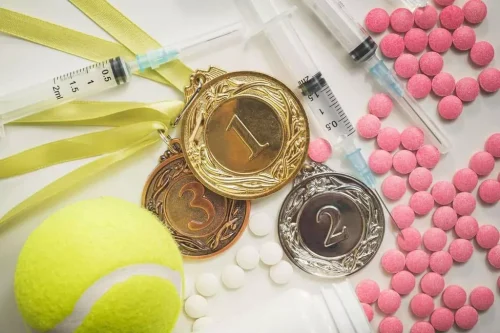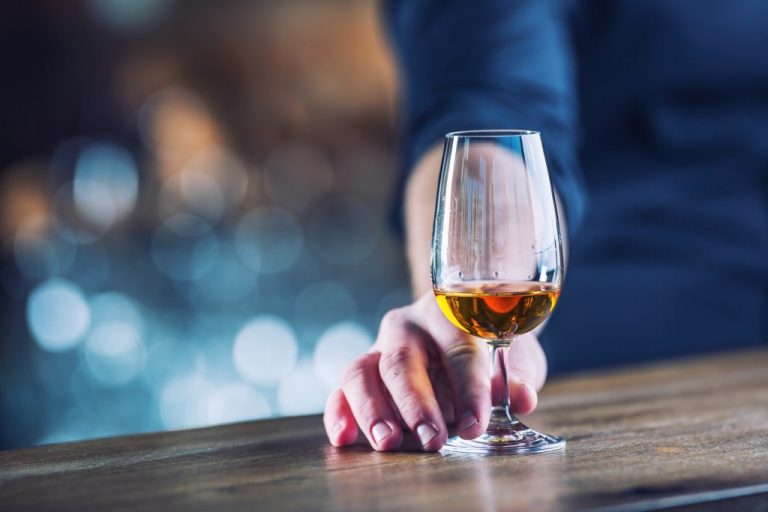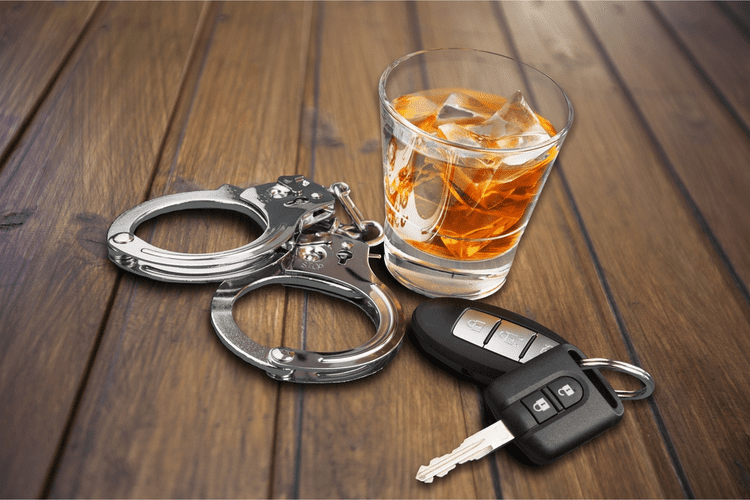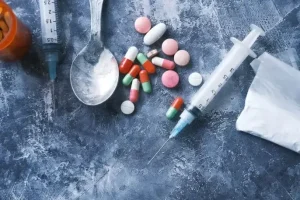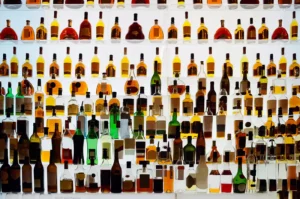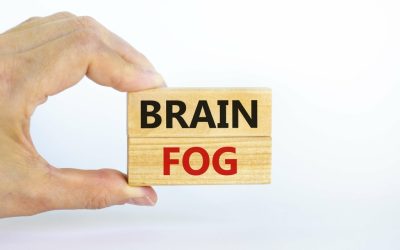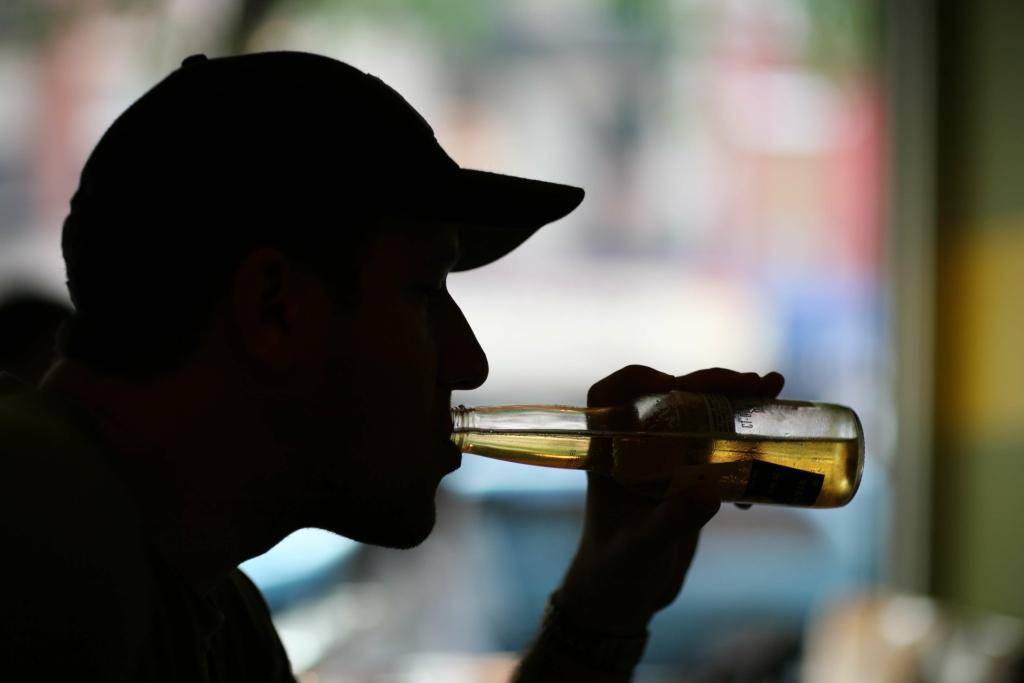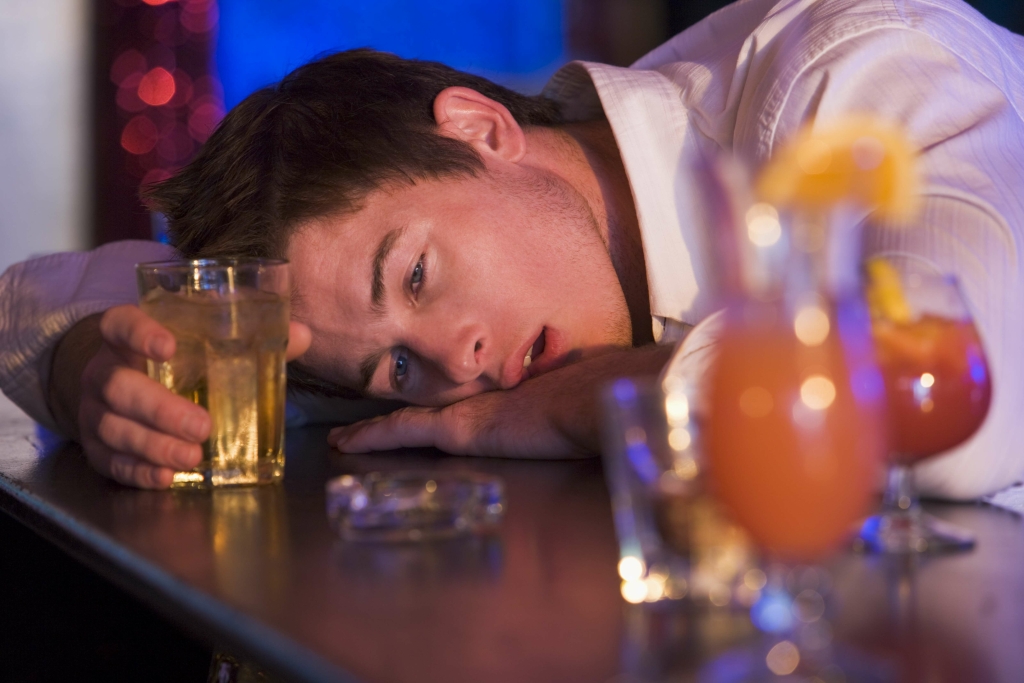The new edition of the Diagnostic and Statistical Manual of Mental Disorders (DSM-5) includes cravings as part of the diagnostic criteria for alcohol use disorder (AUD). Crystal Raypole has previously worked as a writer and editor for GoodTherapy. Her fields of interest include Asian languages and literature, Japanese translation, cooking, natural sciences, sex positivity, and mental health. Maybe you’ve never been interested in logging your innermost thoughts, but journaling can be a great tool to track your feelings as you work on quitting alcohol. By avoiding alcohol, you’re taking a big step toward improving physical health.

You need and deserve support.
“A typical craving might last for 3 to 5 minutes,” notes Christina Hanks, senior recovery coach and care team manager at Tempest. When a craving for alcohol strikes, a good first step involves acknowledging the craving, according to Mehta. She goes on to explain that while the craving might be intense, it will lessen and pass in a few minutes.
Register for an enhanced, personalized experience.
To pull this off, she learned tools and techniques to help her keep it in check. For instance, her old routine was to drink one drink after another, back to back — what’s known as chain drinking. But there are other drinkers, including some who are in the habit of drinking more than one or two drinks a day, who may be able to cut back or moderate their consumption and reduce their risk. Certain antidepressants also show promise for helping reduce drinking when you live with depression. Your care team might recommend this approach if you experience symptoms of anxiety and depression along with cravings.
You have a hard time cutting yourself off once you start drinking. Perhaps you frequently get caught up in the feeling of euphoria that comes with being intoxicated. You feel compelled to keep drinking to maintain that high. Although drinking this much might not seem like a big deal in the moment, you may regret your choices later. why can’t i control my drinking You might struggle with the immediate physical consequences—headache, nausea, weakness, poor sleep quality. Or perhaps you later feel shame and embarrassment about things you said and did while under the influence.
Get the latest in health news delivered to your inbox!

Alcohol impacts our sleep, relationships, weight, risk for serious chronic conditions and more. Here are some tips for dealing with pressure to drink in social situations. It’s difficult to find specific research on why our friends put pressure on us to drink.
For example, they might decide to stick to one drink per occasion or no more than three drinks per week. When you’re drinking together, remind them of the limit they set for themselves. For example, you can resolve to stick to one or two drinks during your outing with friends. To keep that limit in mind, consider writing it down, setting a reminder on your phone, or telling a friend about your intentions. Remember that drinking can lower inhibitions and impair judgment, so once you go past your set limit you might have a harder time stopping.
- Many people with alcohol use disorder hesitate to get treatment because they don’t recognize that they have a problem.
- As we have seen during the pandemic, alcohol is an often-utilized coping mechanism to help us manage these difficult emotions.
- Simply explain why you’re concerned about their binge drinking.
- Your liver can start to heal, your risks of heart disease and cancer go down, and you may begin to sleep better.
Once we have a clearer picture of our reasons for using alcohol, we get to decide when, where, and how much we use, with added insight. A desire to relinquish self-control may encourage use. Many watch the clock until 5 p.m., then gratefully reach for a drink, our chosen marker of transition off the clock, particularly in the work-from-home experiences during the pandemic. Alcohol, then, represents the daily end of responsibility, the party flag beckoning us to relax and have some fun. Therefore, drinking more water won’t necessarily protect you from a hangover the next day. The only sure way to reduce or avoid a hangover is to drink less alcohol.
As if we have only been presented with the “happily ever after” version of the alcohol tale, these images misled many into believing that life would be somehow incomplete or less exciting without alcohol. These glamorized versions of drinking often mask the routine nature of alcohol consumption, making each drinking occasion feel “special,” when in reality, it was becoming a habitual part of many’s lives. Recent studies have shown that a majority of TV shows popular among teens include alcohol use or references. What’s more, drinking is often portrayed as a fun, glamorous activity without showing the potential negative consequences.
Talk with your doctor
Knowing how to alter a habit does not mean we will automatically acquire the power to change our habit the next day. Changing habits requires repeat experimentation and practice. This is particularly true for a habit like drinking, which often offers us the instant gratification of the reward we desire. Finding an alternative routine will take time and hard work. Unhealthy alcohol use includes any alcohol use that puts your health or safety at risk or causes other alcohol-related problems.
For people concerned that their drinking may be moving towards dependence, a screening tool called the Drinker’s Checkup can evaluate and give feedback. People with severe problems, such as those who keep on drinking even after they lose jobs or get DUIs, need treatment to stop drinking completely. There are few if any persons for whom you feel just one unadulterated emotion. It is usually a mix and some components outweigh others.




